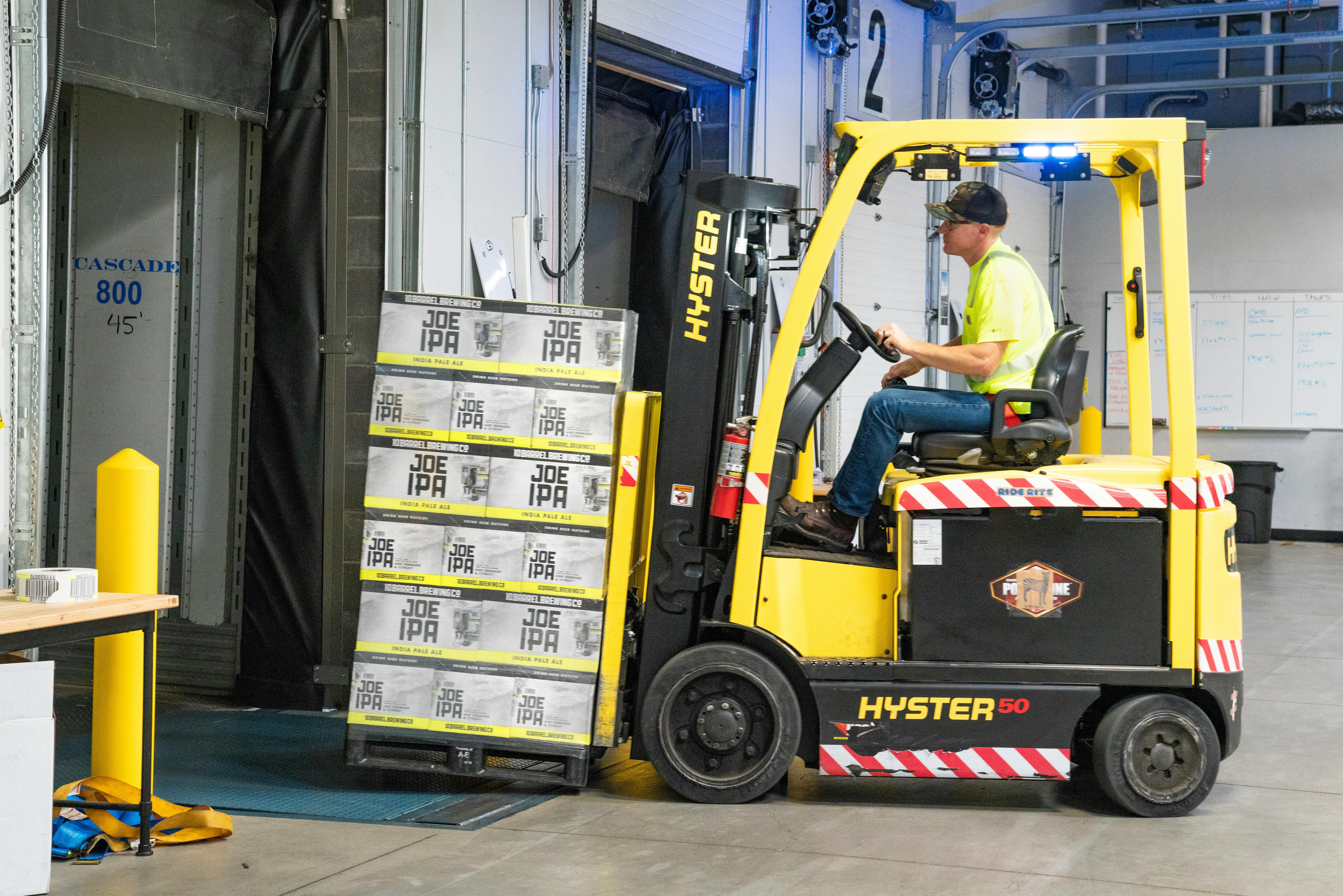Effective Ways to Make Peppermint Oil: Discover the Process
Understanding the Importance of Peppermint Oil
Peppermint oil is renowned for its refreshing aroma and myriad of health benefits. Extracted from the mentha piperita plant, its uses range from aromatherapy to culinary applications. However, knowing how to make peppermint oil effectively can elevate your experiences with this cherished essential oil. Homemade peppermint oil can offer a more potent and tailored solution compared to commercial products, ensuring you harness the highest quality.
In this article, we will explore various methods for extracting peppermint oil, providing recipes and insights on how to infuse peppermint oil for both personal and culinary enrichment. You will learn about the benefits of homemade oils, tips for storage, and safety precautions, ensuring that you can confidently utilize peppermint oil in various daily applications.
With a roadmap laid out, let's delve into the different peppermint oil methods that will enhance your life and well-being.
How to Make Peppermint Oil: Top Extraction Methods
Essential Techniques for Extracting Peppermint Oil
The extraction process can significantly affect the quality and properties of peppermint oil. One of the most popular methods is steam distillation. This technique involves passing steam through peppermint leaves, which releases the volatile oils. The steam is then cooled and condensed back into liquid, separating the oil from the water.
Another effective method is cold pressing, which mechanically presses peppermint leaves to release their oil. This technique is particularly useful for obtaining a higher yield of fresh peppermint oil.
Lastly, infusion is a simpler method that you can perform at home. By soaking peppermint leaves in a carrier oil, such as olive or coconut oil, you can extract the aromatic compounds without complex equipment.
Making DIY Peppermint Oil at Home
Creating homemade peppermint oil is a rewarding and straightforward process. To start, you will need fresh peppermint leaves, a carrier oil, and a glass jar. The first step is to gently crush the leaves to promote oil release. Next, fill the jar halfway with the crushed leaves and cover them completely with the carrier oil.
Allow the mixture to infuse for several weeks, shaking the jar periodically to enhance the extraction process. When ready, strain the liquid through a cheesecloth, discarding the leaves. What remains is your very own DIY peppermint oil, ideal for aromatherapy, skincare, and more.
Other Popular Peppermint Oil Extraction Techniques
Besides the methods already discussed, you can also consider hydro distillation, which is a variant of steam distillation that utilizes water to extract oils directly. Additionally, the use of a home distillation kit can provide a more sophisticated yet enjoyable extraction experience. This method involves boiling peppermint leaves and capturing the steam, allowing for a pure extraction of essential oils.
It's important to remember that the quality of peppermint leaves plays a significant role in the end product's effectiveness. Organic peppermint plants are often recommended for the best results when making peppermint oil.
Benefits of Homemade Peppermint Oil
Health Advantages of Using Peppermint Oil
Homemade peppermint oil is rich in menthol, known for its cooling properties and ability to relieve headaches, digestive issues, and even respiratory conditions. Its aromatic profile makes it an excellent option for aromatherapy, promoting relaxation and reducing stress.
Moreover, using peppermint oil in skincare can help soothe irritated skin. Incorporating it into your beauty routine can offer anti-inflammatory benefits and improve skin texture. Remember, however, to dilute peppermint oil properly before applying it topically to avoid irritation.
Incorporating Peppermint Oil for Aromatherapy
Peppermint essential oil is frequently utilized in aromatherapy due to its refreshing scent. Diffusing peppermint oil can enhance your mood, sharpen your focus, and create a serene environment for relaxation. It is also known to alleviate symptoms of nausea and indigestion.
For those looking to receive the benefits of peppermint oil for joint pain or tension headaches, a soothing essential oil blend can be created with peppermint and other oils. Consider mixing it with lavender or eucalyptus for a calming effect.
Peppermint Oil in Cooking and Flavoring
Peppermint oil is a versatile ingredient in the kitchen. It can be used to flavor desserts, beverages, or even savory dishes. When experimenting with recipes, always use pure peppermint oil in moderation, as its concentrated nature can easily overpower other flavors.
In baking, peppermint oil harmonizes well with chocolate, creating a delightful taste experience. Furthermore, its applications extend to refreshing beverages, such as mojitos or peppermint teas, where you can substitute fresh peppermint leaves or infusions.
Storing and Using Peppermint Oil Safely
Proper Storage Techniques for Longevity
To maximize the shelf life of homemade peppermint oil, store it in a dark glass bottle in a cool, dry place away from direct sunlight. Exposure to light and heat can degrade essential oils and reduce their effectiveness over time. Properly stored, your organic peppermint oil can last for up to a year.
Always label your bottles with the extraction date to keep track of their freshness. Additionally, consider keeping a small amount in a smaller bottle for immediate use to minimize exposure to air each time you open the main container.
Peppermint Oil Dosages and Safety Considerations
When using peppermint oil, especially in aromatherapy or topically, it's essential to be aware of dilutions and dosages. A standard ratio for topical applications is two to three drops of peppermint oil per teaspoon of carrier oil. For consumption, it is advisable to adhere to recommendations on commercially available options, as essential oils are potent.
Furthermore, potential side effects include skin irritation or allergic reactions if applied undiluted. Always conduct a patch test when trying a new oil topically, and consult healthcare practitioners if you have existing health conditions or are pregnant.
Q&A: Common Queries About Peppermint Oil
How can I use peppermint oil for headaches?
To alleviate headaches with peppermint oil, dilute a few drops in a carrier oil and massage onto your temples and neck. Inhaling its aroma through a diffuser or steam inhalation can also provide relief.
Is peppermint oil safe for children?
Great care should be taken when using peppermint oil around children. For topical applications, always dilute it significantly, and consider consulting a pediatrician.
What are the culinary uses of peppermint oil?
Peppermint oil adds flavor to desserts, drinks, and savory dishes. Use it sparingly—as a few drops can alter the taste dramatically.
Conclusion: Embrace the Power of Peppermint Oil
Making peppermint oil can be an enjoyable and beneficial endeavor. Whether you're seeking its therapeutic benefits or tasty flavoring for your culinary creations, understanding the extraction methods and safe applications is essential.
As you embark on this aromatic journey, remember to prioritize quality ingredients and responsible usage, and enjoy the many ways peppermint oil can enhance your life.

 Its part of generated content. Can i generate another part?
Its part of generated content. Can i generate another part?


 Its part of generated content. Can i generate another part?
Its part of generated content. Can i generate another part?